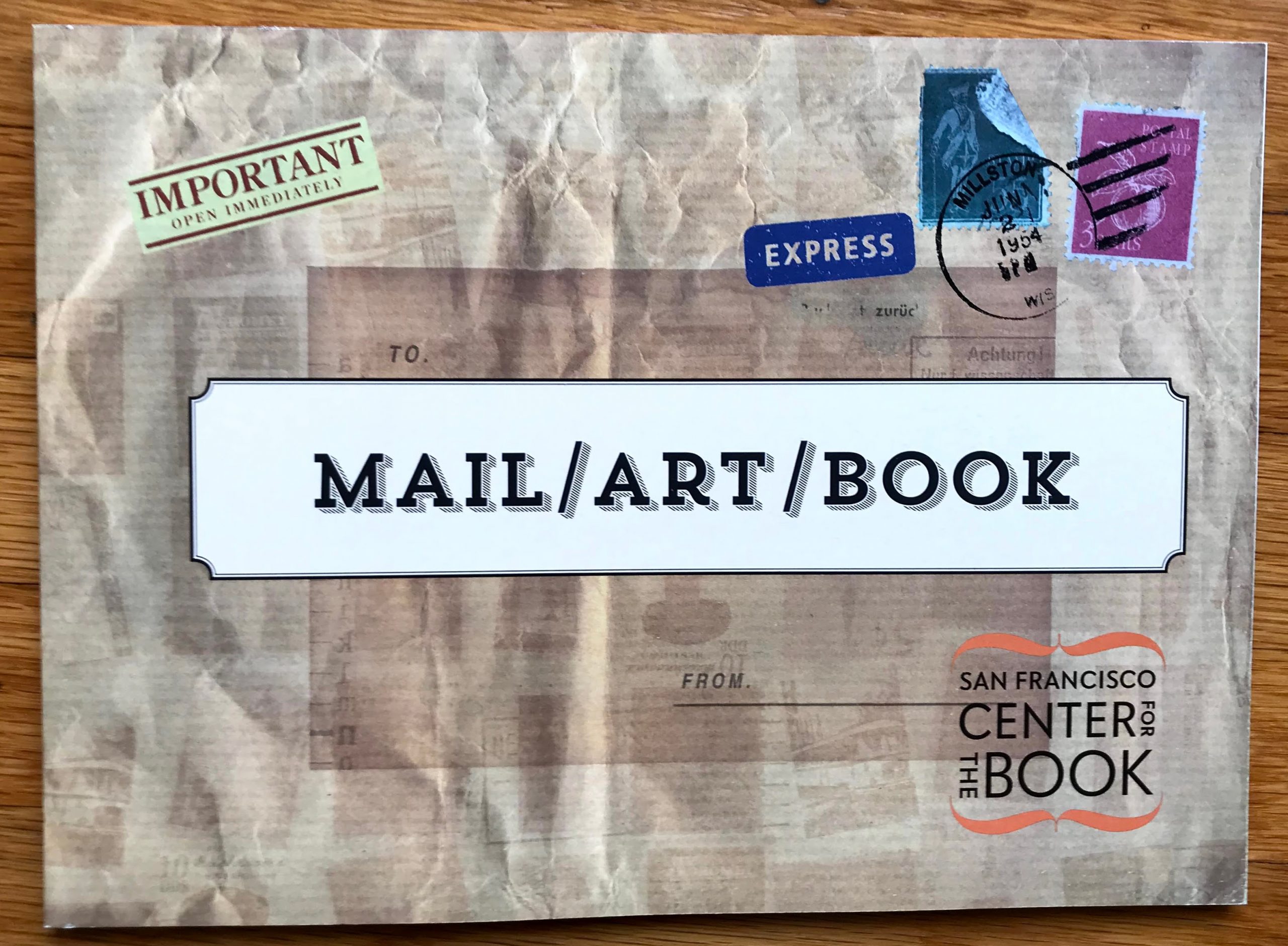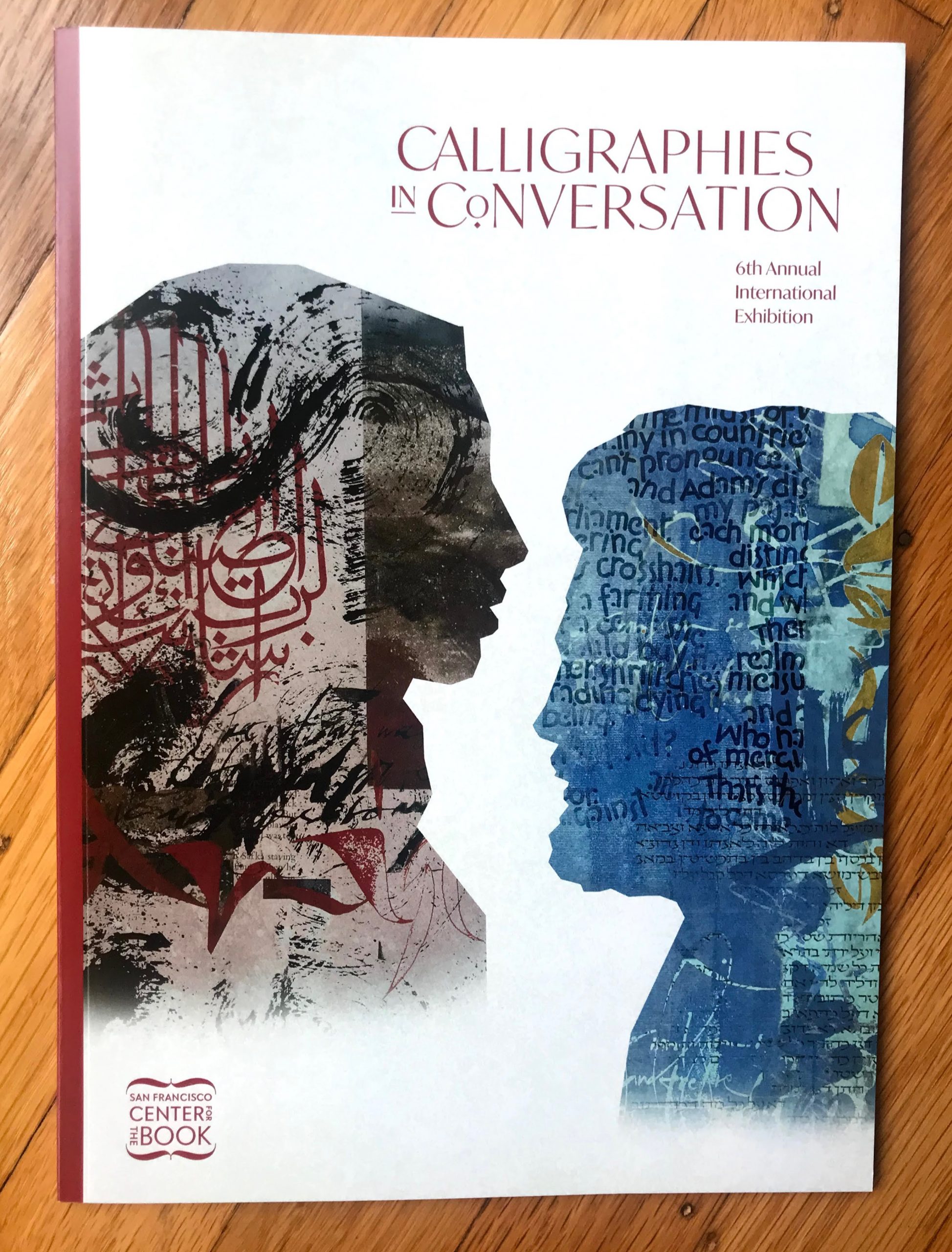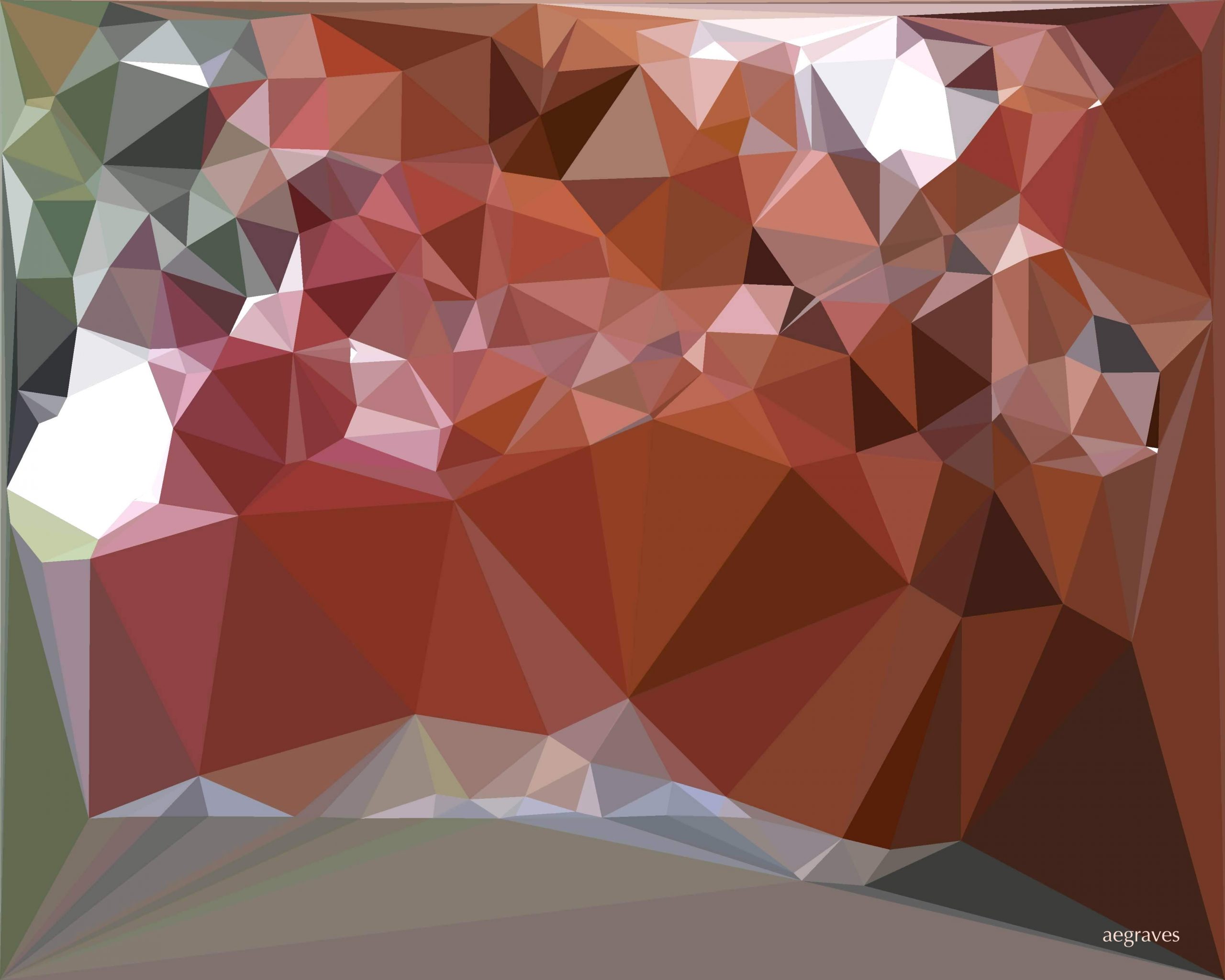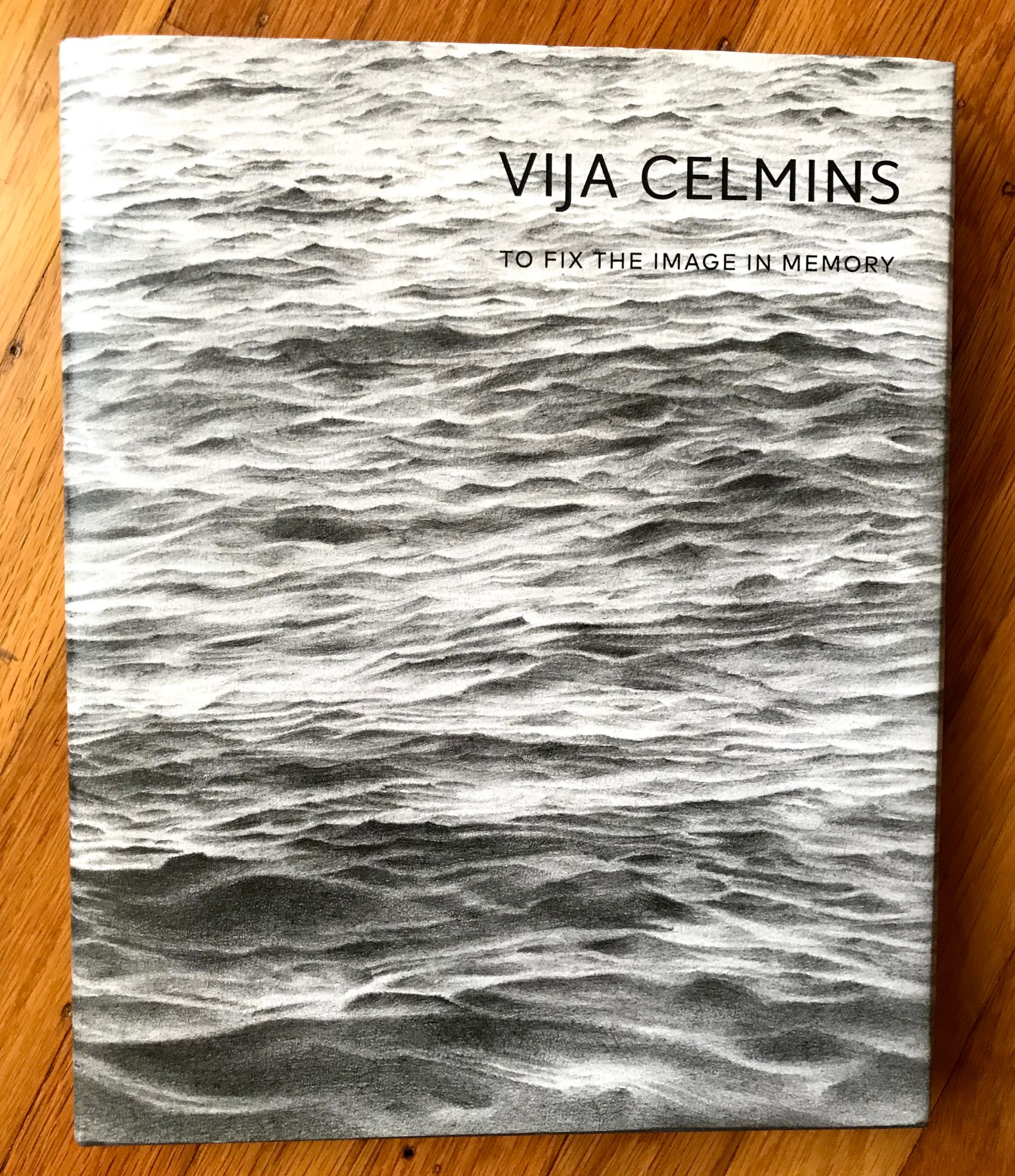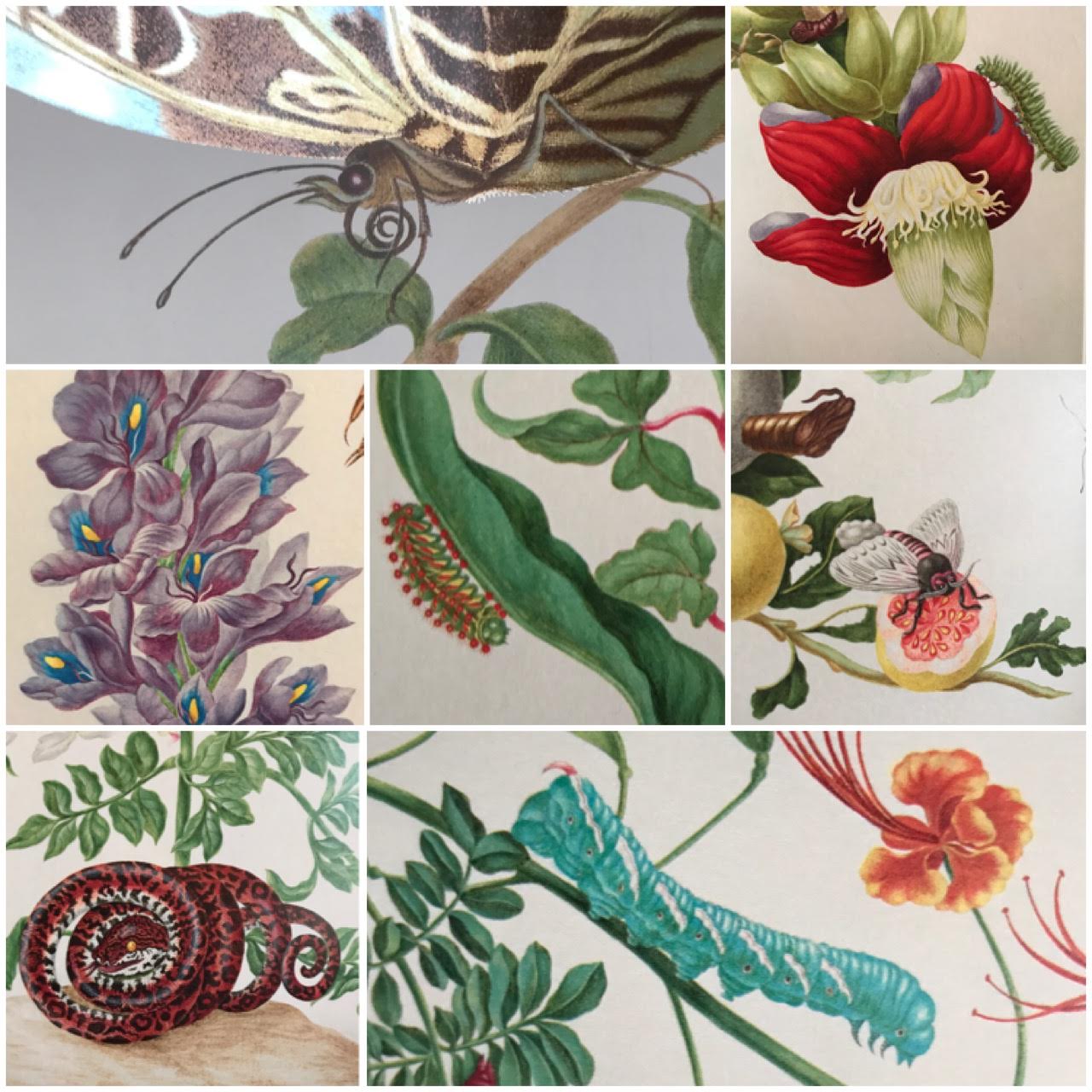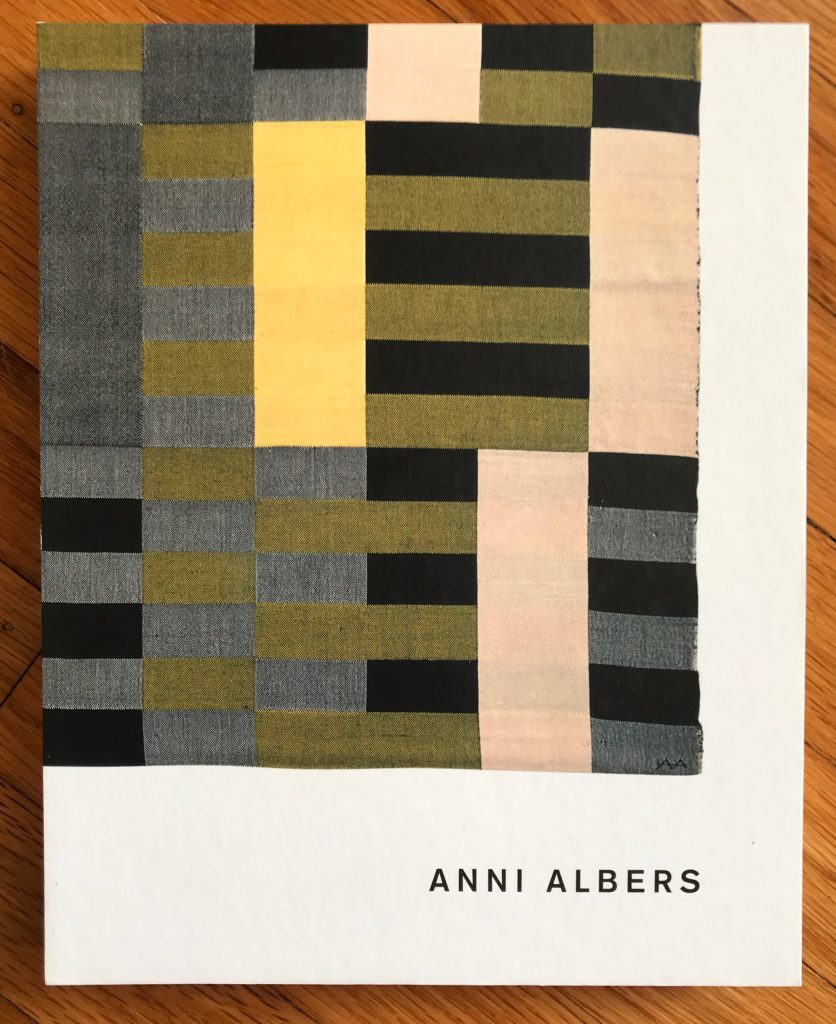
Anni Albers
edited by Ann Coxon, Briony Fer, and Maria Müller-Schareck
published by Yale University Press
2018
Anni Albers, a gorgeously printed exhibition catalog and book of essays, shows off the work of phenomenal modernist Anni Albers, and her work in design, weaving, painting, and printmaking.
Those of us who have been fans of the pre-war Bauhaus school in Germany may know her work from compilations of the school’s many famous graduates and teachers; we may also know that women were sent off into the weaving department regardless of their design interests to an extent that raises questions about the motivations of the male staff. Albers really took to it, produced some fantastic, ultra-modernist work, and raised the profile of textile design at a time when it was profoundly under-appreciated.
The hair on the back of your neck may rise up a bit when you read about the punch cards that were used to set the patterns for jacquard looms… The Bauhaus operated in a time where mass production seemed like an opportunity to democratize access to basic goods, like shoes and housewares, and that good design could directly improve day-to-day life. (Yes, of course the Nazis shut them down.)
The details of Alber’s work are beautifully reproduced in remarkably color plates, often showing both the entire work (ranging widely in scale) plus details that allow you to appreciate the craft.
And there is more to her work! As an aspiring pattern designer, I love seeing how she worked out some of her designs on grid paper. As a textile lover, the reproductions thrill me. And as a print-maker – HEY, she does those really well, too!
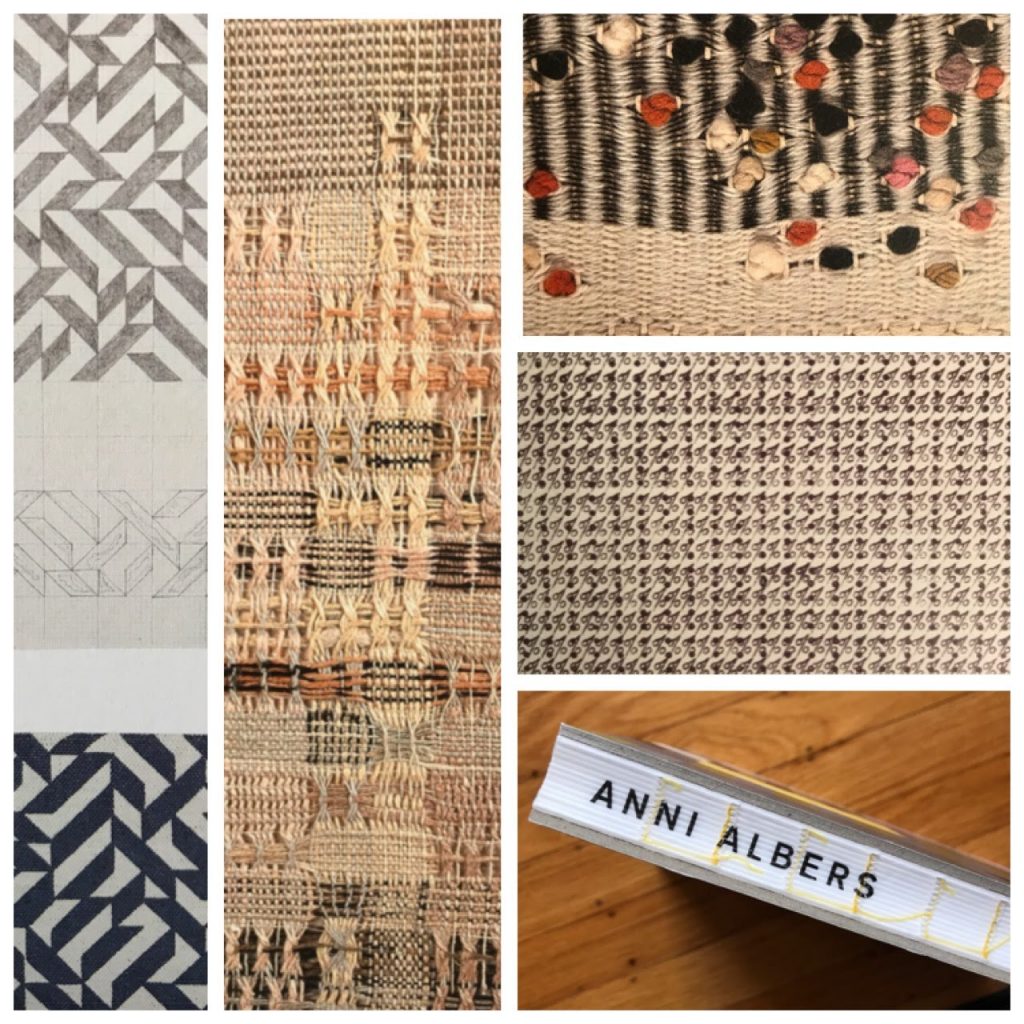
She even has some typewriter art, which makes me think of Mira Schendel (different continent, later time), and of how my fellow geeks should really appreciate where the roots of ASCII art came from. (Geek joy!)
So much of her work is understated in that she uses muted colors, or relatively few colors – it never shouts. Which means it might have a hard time getting attention in our current, loud, shiny, sequined art world – but the design is BOLD. And the quality! The detail! The attention to everything! The essays follow her career from Germany to the US; from teaching at colleges and universities; from the loom to the press. It shows evidence of her processes (which were key to the experience for her, as an artist and as a teacher), of the interests in Central/South American textiles and collecting, and of her design approaches. (There is a white-on-white printed plate that I just ADORE…) This woman had RANGE.
This is one of those, HOW COULD SHE NOT BE BETTER KNOWN, TAUGHT IN SCHOOLS, AND SHOUTED ABOUT IN CAFÉS kind of revelatory books. Albers herself was a bit frustrated that she could earn so many paid commissions, design textiles for Knoll (ooooooh!), and yet people would only get excited when she worked on paper – when she created art that could not possibly have any utilitarian application. Fabric had been seen as TOO USEFUL, even though it is a brilliant technology – its association with women goes back to ancient times (see another favorite book of mine: Women’s Work: The First 20,000 Years by Barber), and that seems to have held textile art back. Wrongly. SO WRONGLY.
The book – essays, production, binding, range of work included – is of the highest quality. The exhibition must have been phenomenal!



